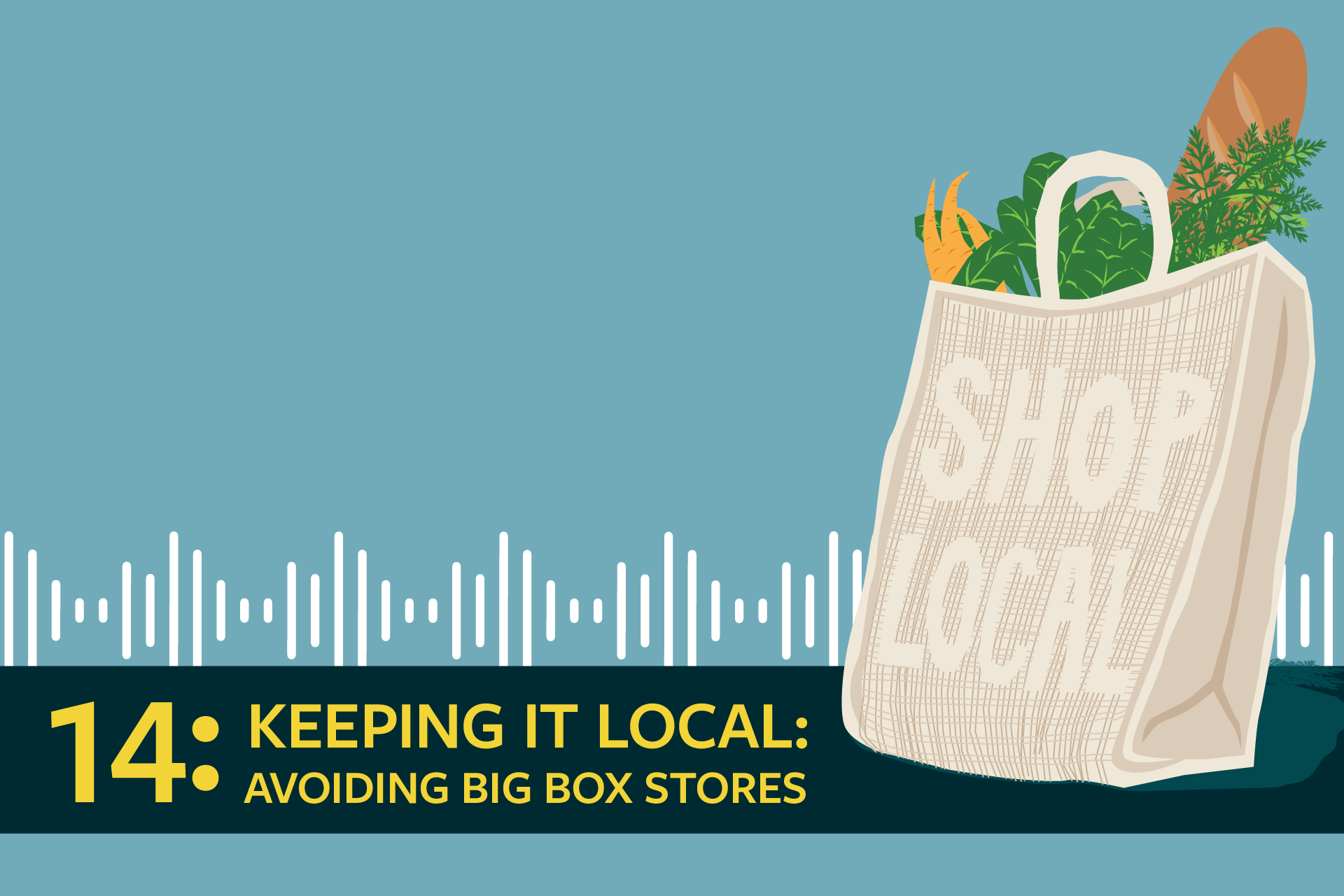The Difference Between a Big Box Store and Your Local Food Co-op
For shoppers who care deeply about the food they eat being organic or local or fair trade or minimally processed, natural food stores and food co-ops have long been a destination, a trusted space to find products that have been pre-selected to align with those values. Organic produce; fresh ground peanut butter with no added sugars or preservatives; bulk goods offered without plastic packaging; local dairy; whole grain bread. For many years, natural food stores and food co-ops were the only place to find a lot of these products — or simply to find a wide array of organic produce that didn’t look sad and neglected.
But according to C.E. Pugh, a guest on the latest episode of our podcast, “What You’re Eating,” things started to change in 2013. Mainstream and big box grocery stores started to see organic and natural foods as having real market potential and all the big stores expanded their offerings significantly.
But shopping the organic product aisle at Walmart is decidedly not the same as shopping at your local food co-op. The largest difference of all is that when you shop at a food co-op, your money stays In the community, with any profits shared with the members of the co-op. For large corporate chains, the money leaves, going to headquarters and shareholders. But the differences don’t stop there.
In this episode, we talk to experts about what those differences are and how co-op grocers are striving to make those differences clear to shoppers — as well as change up their status quo to make their stores more inviting and accessible to a wider range of people. We also look at another cooperative model that relies on a less extractive financial model: community supported agriculture, or CSA, as well as some of the ways that CSAs are trying to be more accessible as well.
Get the latest food news, from FoodPrint.
By subscribing to communications from FoodPrint, you are agreeing to receive emails from us. We promise not to email you too often or sell your information.
More Reading
Whey too much: The hidden costs of the protein boom
May 29, 2025
Beyond honeybees: The benefits of pollinator diversity
May 28, 2025
Big Banana’s bitter labor truths
May 13, 2025
What do faster line speeds in slaughterhouses mean for animals, workers and food safety?
May 8, 2025
When "Made in America" isn't really: Country-of-origin labeling for beef
May 8, 2025
The never-ending seed oil debate
April 29, 2025
RFK Jr. pushes to close a food additive loophole – but is a gutted FDA up to the task?
April 14, 2025
Our latest podcast episode on pistachios: The making of a food trend
April 1, 2025
Americans love olive oil. Why doesn't the U.S. produce more of it?
February 28, 2025
Finding a pet food that aligns with your values
February 11, 2025

